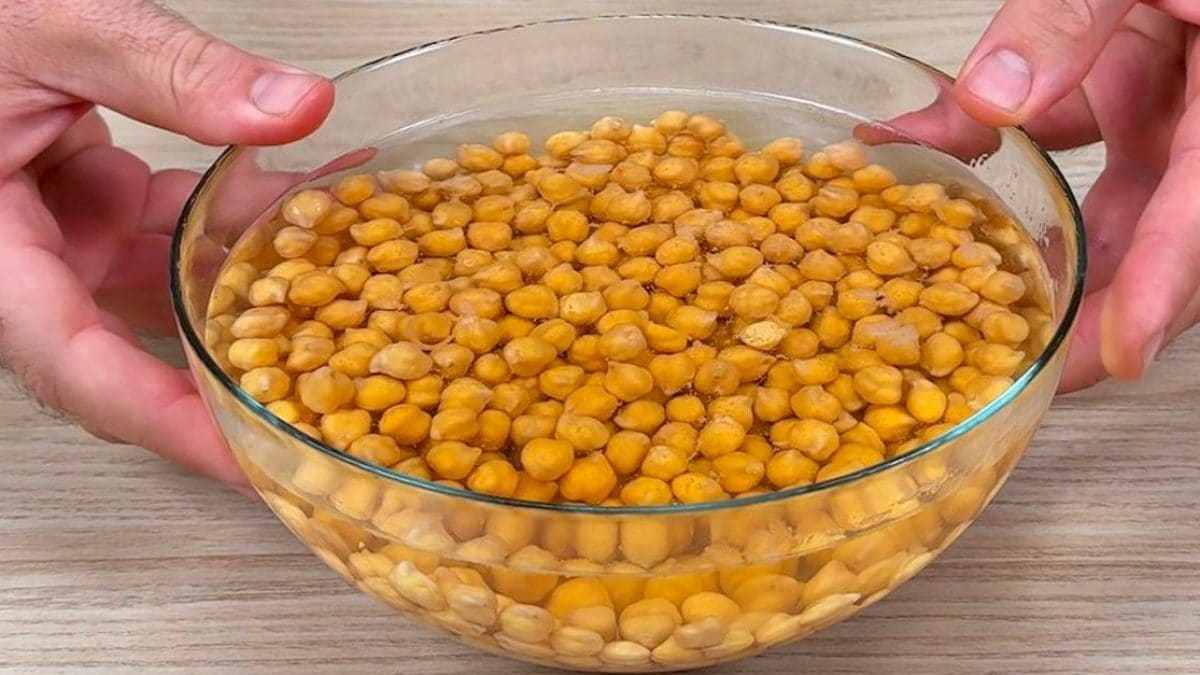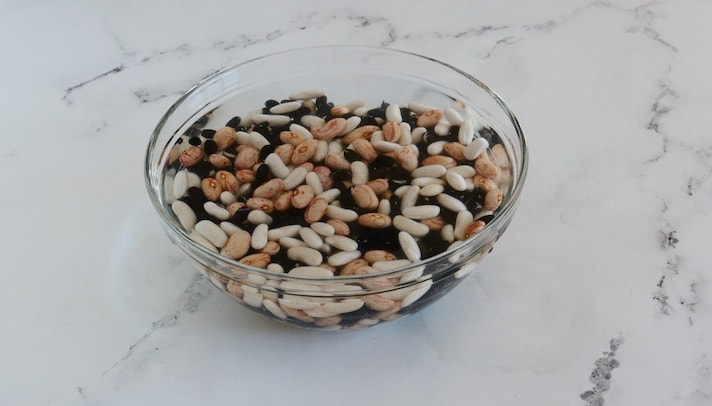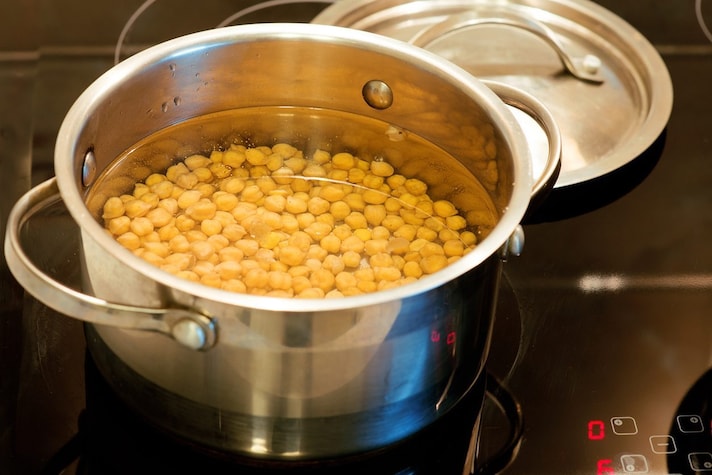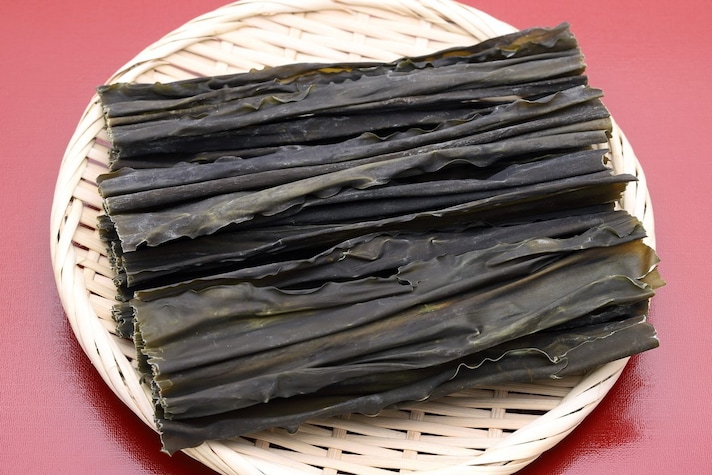
Legumes are a valuable food, rich in fiber and protein, but they can cause digestive problems for many people: if you also have problems with legumes, know that there are several methods to increase their digestibility, both during the soaking phase and during the cooking phase.
Why are legumes difficult to digest? The reasons are related to the presence of specific compounds such as oligosaccharides, complex sugars that our body has difficulty digesting, as well as phytoestrogens, substances that can interfere with the hormonal system and cause digestive problems in some people. Finally, fiber shouldn't be underestimated: although beneficial for intestinal health, it can cause bloating if you're not used to regular legume consumption.
As mentioned, however, it is possible to increase their digestibility by implementing a few small measures. Here are some methods to make legumes more digestible, allowing you to fully enjoy them without any problems.
1. During the Soaking Phase

Soak the legumes in plenty of cold water for 12 hours, changing the water at least once. This process helps eliminate phytates, substances that can hinder the absorption of some nutrients and cause bloating. Always use cold water for soaking: hot water could partially cook the legumes and make them less digestible. You can add a pinch of baking soda to the soaking water to reduce cooking times and make the legumes more tender.
2. During the Cooking Phase

Always start cooking legumes in cold water: this allows them to cook evenly and soften more easily. You can add an onion, a carrot, and a celery stalk to the pot while cooking: prolonged cooking of legumes with vegetables promotes the release of certain nutrients, making them more easily absorbed by the body. Aromatic herbs such as bay leaves, sage, rosemary, thyme, and fennel seeds can also help reduce intestinal gas and improve digestion.
3. Other Tricks: Kombu Seaweed

There are other tricks to make legumes more digestible: did you know, for example, that adding a piece of kombu seaweed to the cooking water helps soften legumes and reduce cooking time? This is because it is rich in glutamic acid, an amino acid that gives foods an umami flavor, but which, more importantly, has the ability to soften the fibers of legumes, making them more digestible and reducing cooking times. Furthermore, it also contains alginate, a gelatinous substance that, when in contact with hot water, swells and creates a sort of protective barrier on the legumes: this barrier protects the legumes during cooking, preventing them from falling apart and maintaining their shape.
Simmering legumes with a lid allows them to cook evenly and absorb all the flavors. If you suffer from digestive issues, pair legumes with fermented foods, such as yogurt, kefir, and sauerkraut, which can aid digestion and reduce bloating.
;Resize,width=767;)
